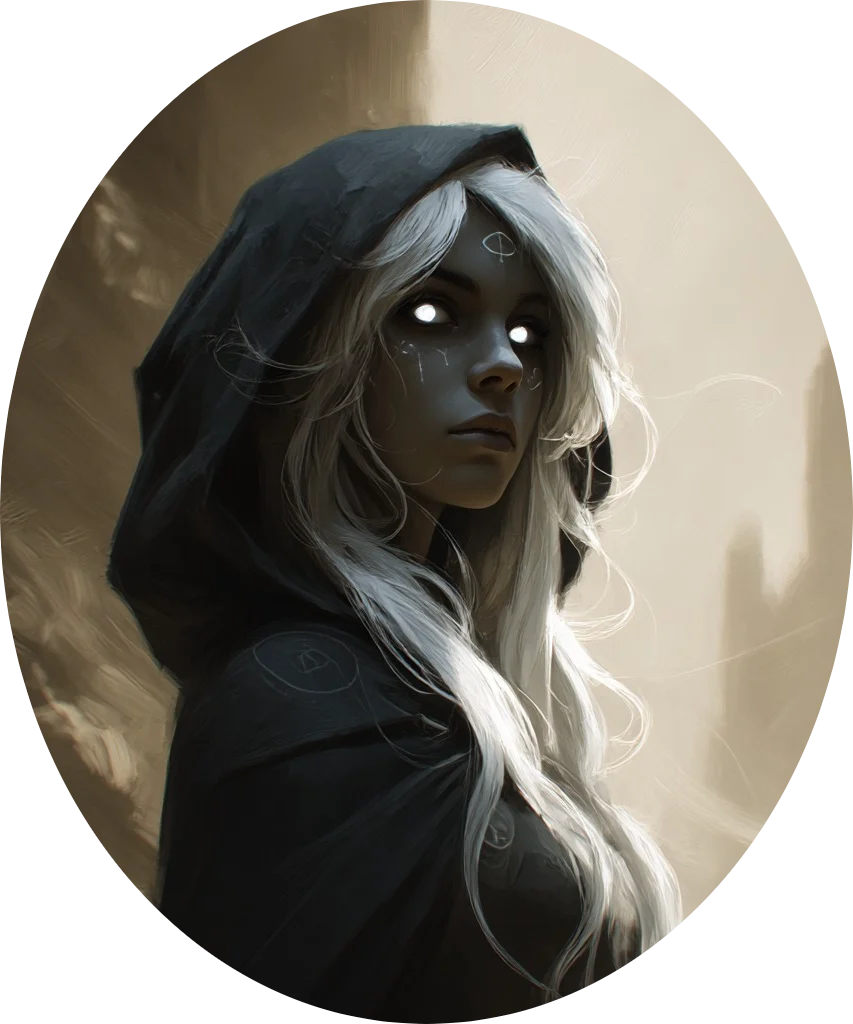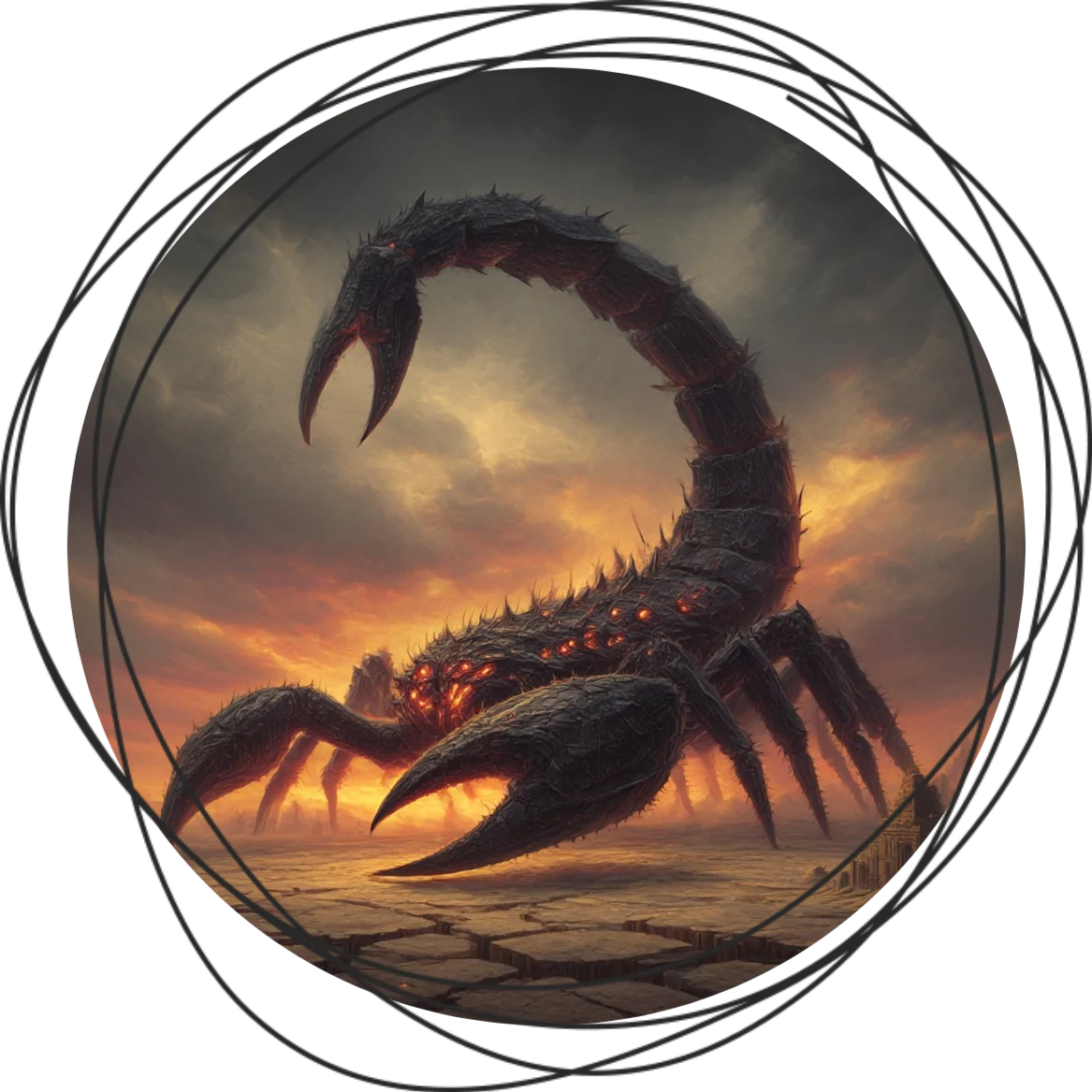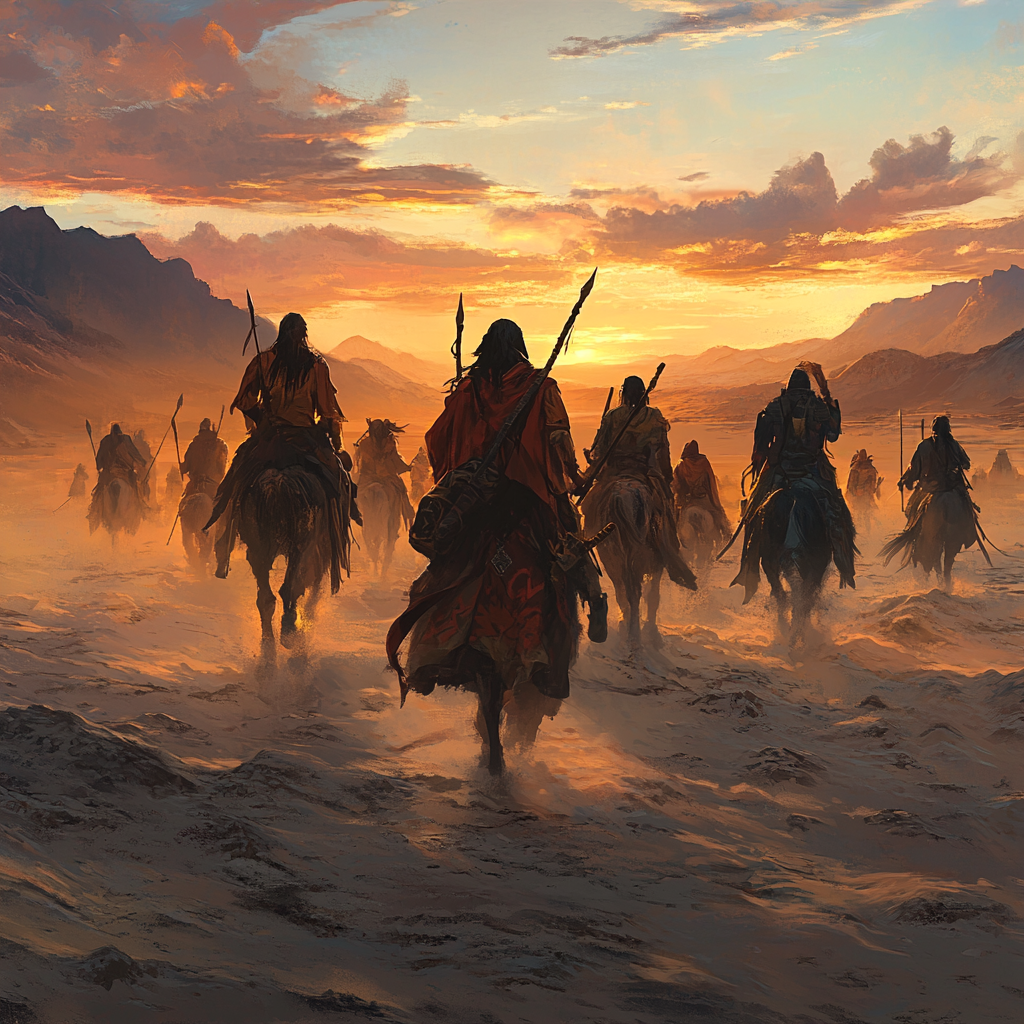Pariant Wastelands
Introduction
To most, Pariant is little more than a mirage of death. A vast and merciless expanse of scorched earth, crimson stone, whispering sands, and winged predators circling high. Beneath the unblinking eye of a merciless sun, the bones of one of Kena’an’s eldest civilizations bleach and crumble, forgotten by time, haunted by peril. Danger hides in every ruin, and life blooms as rarely as the desert flower: fragile, fleeting, and sacred to the nomadic tribes who still dare name this dust-laden wilderness their ancestral home.
Geography
Once, Pariant was the crowned jewel of Kena'an. A land of endless green, of tangled jungles and living rivers, of salt-lake pearls and cities built atop water and light. Rainclouds rolled in from the Oceara, feeding a land of mythic fertility where great beasts wandered beneath emerald canopies, and the four city-states sang their power in marble, flame, and gold.
No one knows with certainty what calamity unmade the green age. Some speak of a curse that followed a great war. Others believe that Pariant's current state is proof of the wrath of the gods. Whatever the truth is, it lies buried beneath the sand. A thousand years have passed since the fall, and all that remains of the old world are its bones.
Pariant stretches across the southernmost reaches of the known world; now a land scorched by sun, silence, and memory. To its north, cracked shores are kissed by the tides of the inland Sea of Syralis. To the east, the Dustpine Mountains rise like worn teeth, marking the border with Louthiran, the dwarven kingdom of stone and tradition. But south and west, the land falls into endless blue: the unexplored vastness of the Oceara, a deep ocean whispered of in sailor myths and storm-laced charts.
The land is mostly flat, a domain of searing red dunes, jagged canyons, and sun-blasted plateaus. Ancient rifts split the ground where the earth once showed its grief, and scattered across the desert are the skeletal remnants of a long-vanished age: half-buried megastructures, temples worn smooth by wind, and towers now home only to silence and sand. They rise from the ground like the ribs of dead giants, solemn echoes of a world that once bloomed.
Yet even here, life endures.
Rare oases dot the land like secrets, hidden pools of life where subterranean springs break through the dust, feeding clusters of stubborn green and fiercely guarded by those who know them. These are the sacred waypoints of the Tir'naru, the nomadic people of Pariant, whose lives are shaped by thirst, memory, and the old paths between stars and salt.
To the east lie the Salt Flats of Rhok, the brightest and most desolate wound in the land. Once a vast saltwater lake, Rhok was the lifeblood of the eastern jungles, its shores lined with gleaming cities and pearl-gathering boats. Now, it is a blinding crust of salt and ghostlight mirages, stretching farther than the eye can bear. Fossilized fish and long-dry river mouths speak of a drowned past. When the wind is still, some say you can hear the lapping of water. But Rhok is dry and has been for a thousand years.
Water is scarce. Settlements rarer still. Those who endure the dust do so in motion, for permanence invites death. The Tir'naru, dust-marked tribes born of hardship and heritage, are Pariant’s last children. They roam the desert wastes, tracing forgotten riverbeds and sacred paths, ever bound to the memory of four ancient city-states whose names are fading, but not yet lost.
“Blessed is the cradle. Cursed be the hand that shattered it.”
All written content is original, drawn from myth, memory, and madness.
All images are generated via Midjourney using custom prompts by the author, unless otherwise stated.










A broken land and at the end of it all, at the end of blood, loss, sorrow and anger, there may also be corruption and lies. The perceived conqueror and bringer of Ruination perhaps actually one attempting salvation and to stop the inevitable. It may be the human in me, however I cannot trust the so called 'empire of mankind' in any sense to have been the truly moral faction in this regard. Regardless of who invoked such wrath, though great and mighty, and with aide perhaps from forces divine, Nature does as it is want to do. We, no matter our numbers, are insignificant. We merely are part of the larger web of life and ultimately, should the world and environments we call home decide to shrug, or find us irritating like a rash or worse an infection, well. Such will be the result. I adore this, its a wonderful story, a harrowing land with tragic history and hidden secrets still waiting to be discovered, parts of its story perhaps veiled in lies, treachery and the foolhardiness of mortal kind. Beautifully written Imagica! :) Certainly tucking this one into my collection!
Thanks Keon! There are a lot more to say about this part of the world at some point. Its people and history are some of my favorite topics to write in this world :)